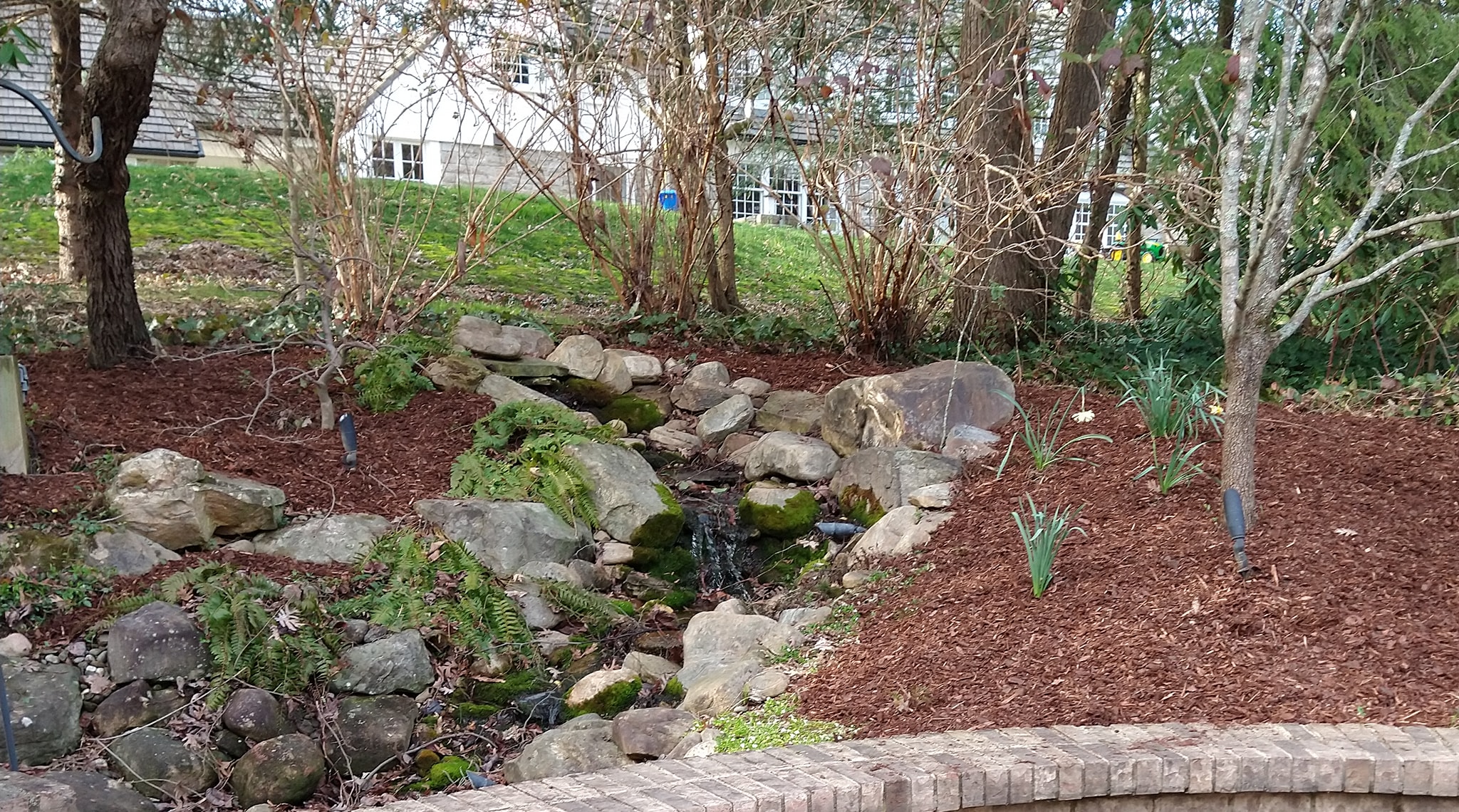
The Ultimate Guide to Sustainable Landscaping Practices Aug 29, 2025
Sustainable landscaping focuses on designing outdoor spaces that function in harmony with the local ecosystem. At Taylors Enterprises, we believe that sustainable practices are crucial for conserving resources, supporting biodiversity, and maintaining the health of our natural surroundings. By incorporating native plants, efficient water management tools, and organic maintenance methods, anyone can create a vibrant and sustainable landscape.
One of the foundational elements of sustainable landscaping is the use of native plants. Native plants are adapted to the local climate, soil, and pests, making them easier to care for and healthier for the environment. They generally require less water and fewer fertilizers, making them a low-maintenance and eco-friendly choice. For the customers of Taylors Enterprises, selecting a range of native plants can reduce water usage significantly while providing a habitat for local wildlife.
Another crucial aspect of sustainable landscaping is water efficiency. Implementing smart irrigation systems can greatly reduce water wastage. Drip irrigation and rainwater collection systems are excellent choices. These systems ensure that water is delivered directly to the roots of plants, minimizing evaporation and ensuring efficient water usage. Additionally, creating rain gardens or using permeable pavements can help in managing stormwater, reducing runoff, and promoting groundwater recharge.
Soil health is another important consideration. Healthy soil not only supports robust plant growth but also helps in carbon sequestration. Practices such as composting and using organic mulch can improve soil structure, providing essential nutrients to plants without resorting to chemical fertilizers. At Taylors Enterprises, we advocate for regular soil testing to understand its composition and needs, allowing for the most sustainable fertilization methods.
Maintenance practices also play a key role in sustainability. Reducing the use of gas-powered equipment and opting for electric alternatives can decrease carbon emissions. Moreover, implementing a smart mowing schedule and adjusting lawnmower heights can conserve energy and improve the health of your lawn. Encouraging biodiversity by creating habitats like pollinator gardens can further enhance the ecosystem.
No sustainable landscaping plan is complete without considering the principles of xeriscaping. Xeriscaping emphasizes low-water-use plants and water conservation techniques. It is particularly effective in arid regions, but its principles can be applied universally to save water and decrease maintenance costs. By planning landscapes that utilize sun exposure and shade effectively, homeowners can reduce reliance on additional resources.
In conclusion, sustainable landscaping practices provide numerous benefits, from conserving resources and supporting wildlife to creating beautiful, low-maintenance gardens. For those looking to implement these practices, Taylors Enterprises is here to assist. Our expert team can provide customized solutions that suit your landscape's unique needs, ensuring a sustainable and thriving outdoor space. Through thoughtful planning and design, any lawn can become an exemplary model of sustainability, benefitting both the homeowner and the environment. By taking these steps towards sustainable landscaping, you're not just cultivating a garden; you're nurturing a legacy of environmental stewardship for future generations.
/filters:no_upscale()/media/6b25b57d-043e-43ba-848c-ef0f0ef789b7.jpg)
/filters:no_upscale()/filters:format(webp)/media/6aad4fdf-b3a1-4e92-a7fb-26432ce94088.jpeg)